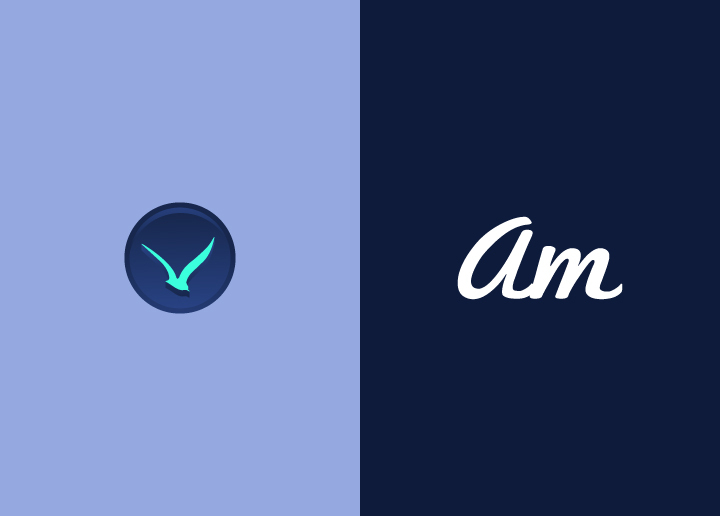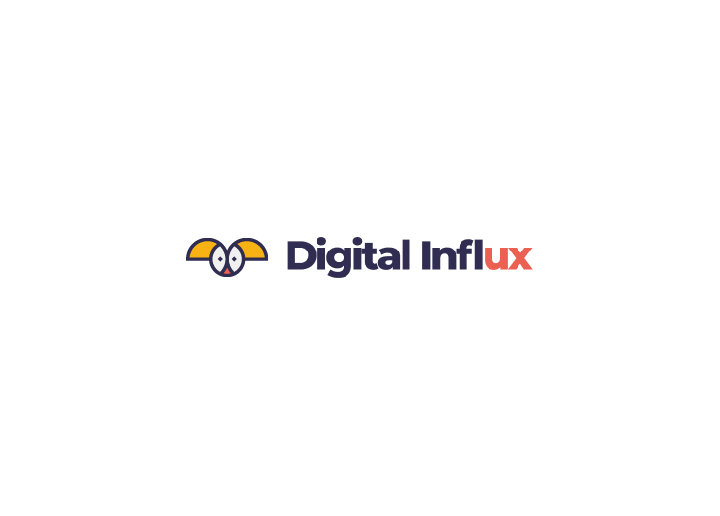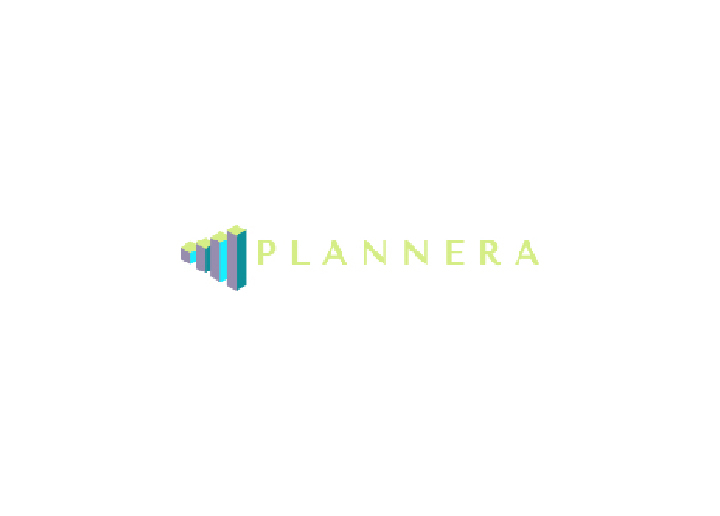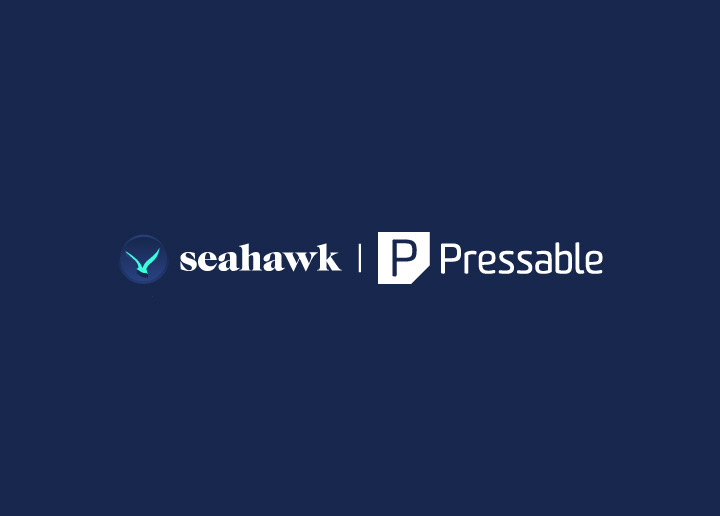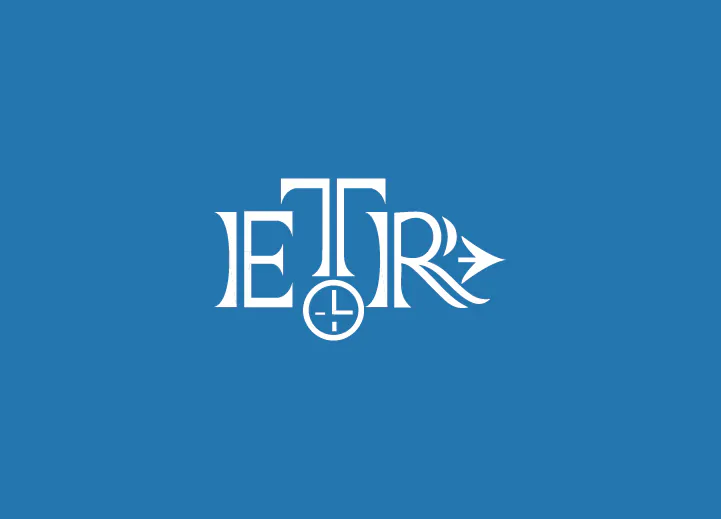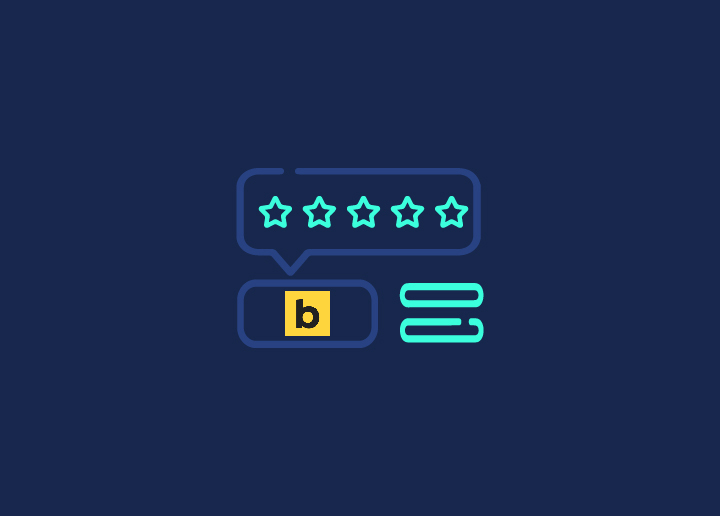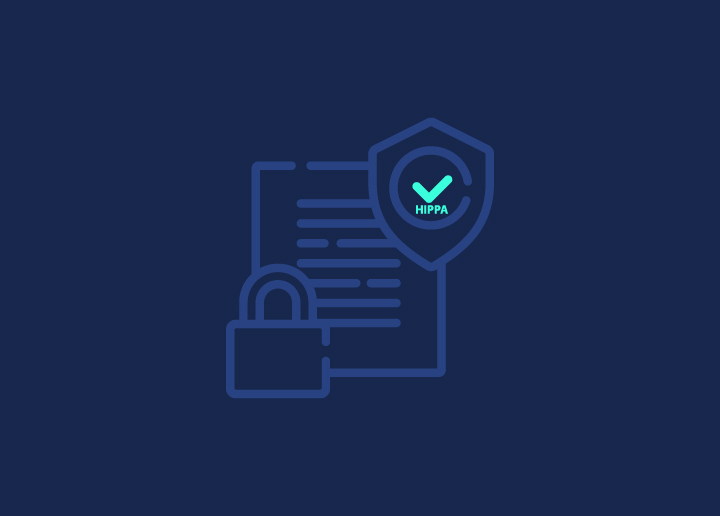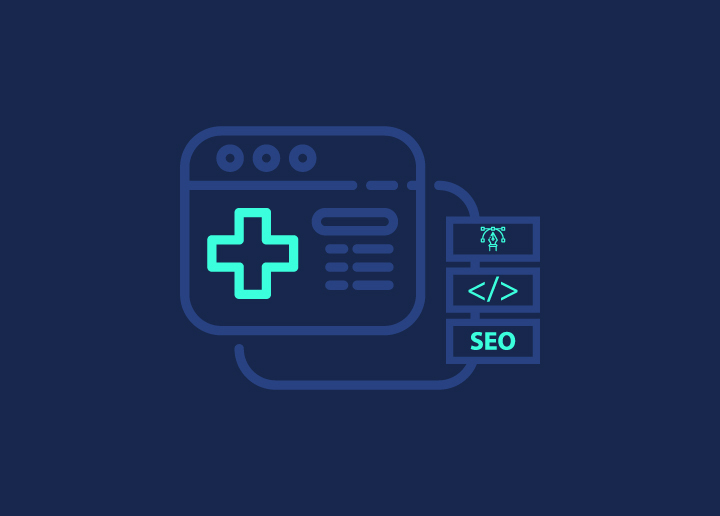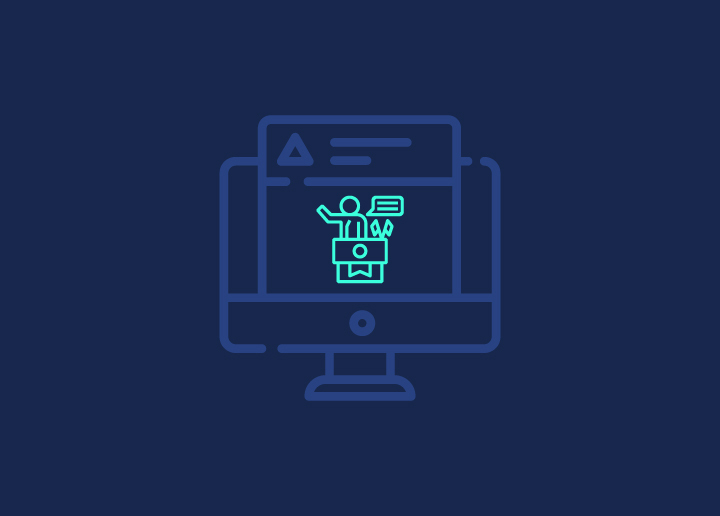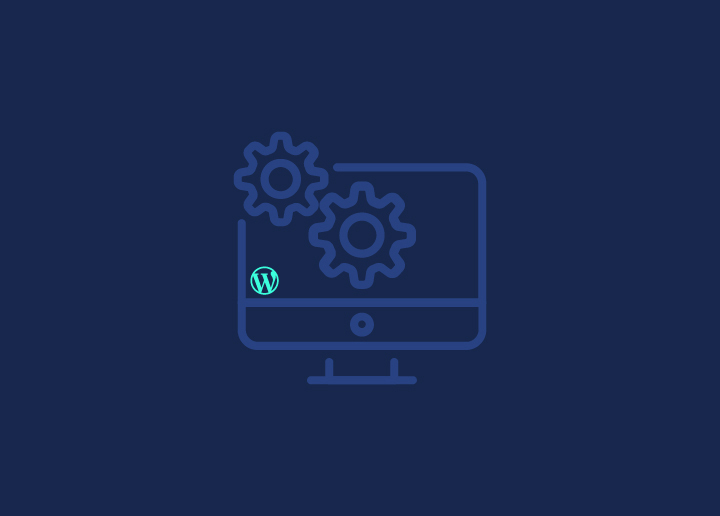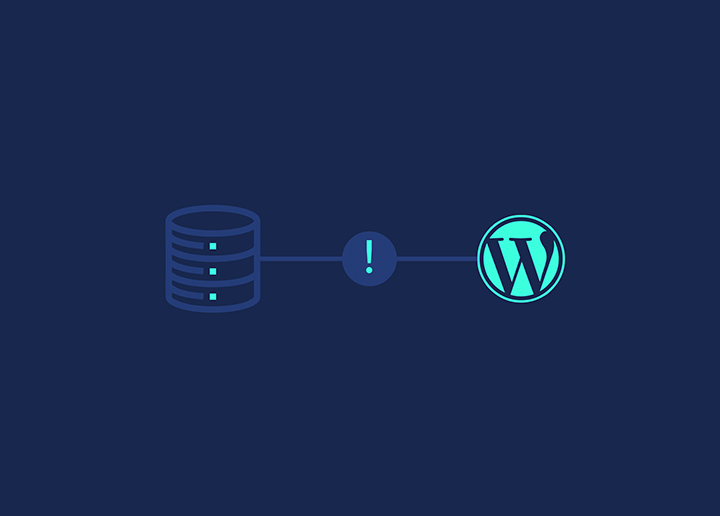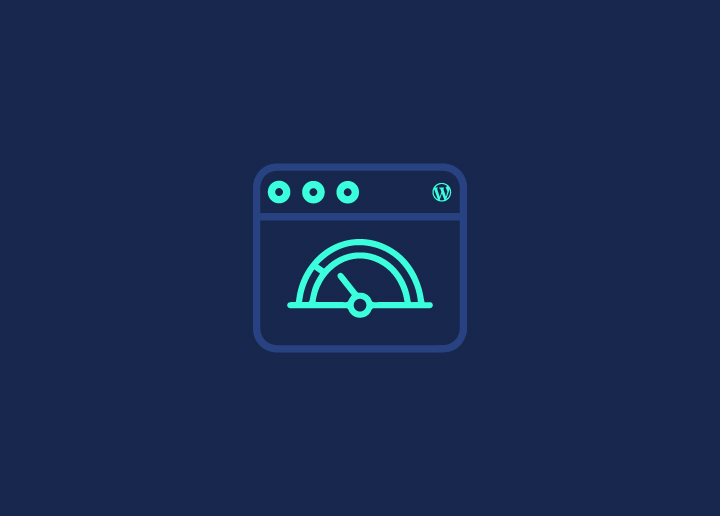Experiencing login issues can be frustrating when trying to access your WordPress site. Fortunately, you can take several troubleshooting steps to resolve these problems and regain access. This guide will explore common login issues and provide solutions to help you troubleshoot and overcome them.
Password Problems
One of the most common reasons for login issues is forgetting or entering an incorrect password. If you’re unable to log in, follow these steps:
- Reset Your Password: Click the “Lost your password?” link on the login page. You’ll be prompted to enter the email address associated with your WordPress account. Check your email for a password reset link and follow the instructions to create a new password.
- Double-check Your Password: If you recently changed your password, ensure that you’re entering the correct one. Remember that passwords are case-sensitive, so check if your Caps Lock key is on or off.
Enable Cookies
Cookies are small files stored on your computer that help websites remember your login information. If cookies are disabled, it can prevent you from logging in. Follow these steps to enable cookies:
- Clear Your Browser Cookies: Sometimes, corrupted cookies can cause login issues. Clear your browser cookies and cache to start with a fresh session. The steps to clear cookies vary depending on the browser you’re using.
- Enable Cookies in Your Browser: Check your browser settings to ensure cookies are enabled. You can find this option in most browsers in the privacy or security settings. Enable cookies and try logging in again.
Check Your Firewall
Firewalls can sometimes block access to certain websites or services, including WordPress. If you suspect your firewall is causing login issues, follow these steps:
- Temporarily Disable Your Firewall: Disable your firewall or antivirus software and attempt to log in again. If you can log in without any issues, it indicates that your firewall or antivirus software may be blocking WordPress. In this case, you can configure your firewall to allow access to your WordPress site.
- Contact Your Hosting Provider: If you’re using a managed hosting service, contact your hosting provider’s support team and inform them about the login issues. They can help troubleshoot and ensure your site’s access is not blocked at the server level.
If All Else Fails
If you’ve tried the above steps and are still unable to log in, consider these additional solutions:
- Disable Plugins: A conflicting or malfunctioning plugin can sometimes cause login issues. Access your site’s files via FTP or a file manager provided by your hosting provider, and navigate to the “wp-content” folder. Locate the “plugins” folder and rename it to “plugins_backup.” This will deactivate all plugins, allowing you to determine if a plugin is causing the problem. If you can log in after renaming the plugins folder, reactivate each plugin one by one to identify the problematic one.
- Switch to the Default Theme: If a theme-related issue is causing login problems, switch to a default WordPress theme like Twenty Twenty-One. This can help identify if the issue is theme-specific or not. If you can log in with the default theme, contact the developer for further assistance.
- Seek Professional Help: If you cannot resolve the login issues, contact a WordPress professional or your hosting provider’s support team. They can provide advanced troubleshooting and guidance to help you regain access to your site.
Changelog
To stay updated with the latest changes and fixes in WordPress, refer to the official WordPress Changelog. This document provides a comprehensive list of releases, bug fixes, and enhancements made to the WordPress software. Keeping your WordPress installation up to date ensures you have the latest security patches and improvements.
